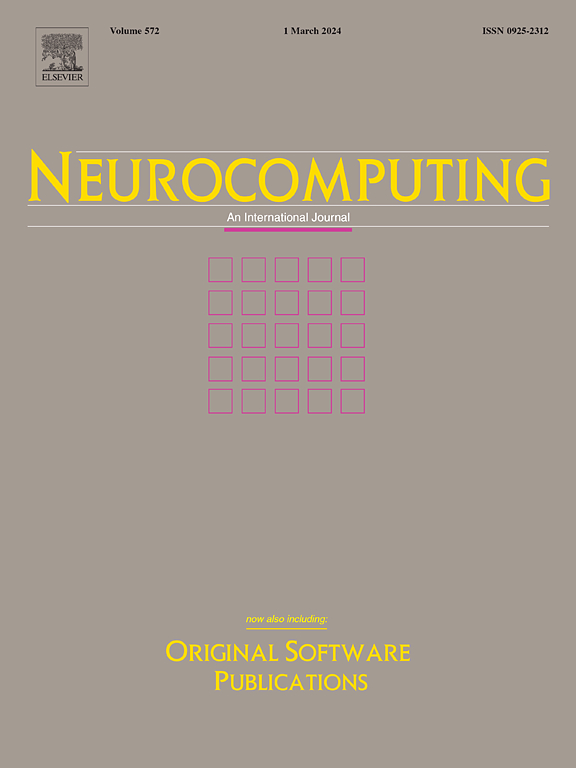CUR-Estimator: Towards reliable missing data imputation for aero-engine degradation process
IF 5.5
2区 计算机科学
Q1 COMPUTER SCIENCE, ARTIFICIAL INTELLIGENCE
引用次数: 0
Abstract
In the process of missing data imputation for aero-engine life cycle degradation time series, two primary challenges arise. First, due to variations in the duration of different flight missions, and the fact that the same flight phase may also vary in duration across different flights, the time intervals for collecting key samples are not always consistent. This variability increases the difficulty of evaluating the impact of individual flights on overall performance changes. Second, when using neural networks for imputing missing data, issues such as significant noise or extended periods of missing data may arise, leading to unreasonable imputation results. To address the challenges, this paper proposes a Constrained Unseen Recovery Estimator (CUR-Estimator) for imputing missing data in aero-engine life cycle degradation datasets. Firstly, the time interval information is encoded via a transformer-enhanced gate recurrent unit. The results are then combined with missing masks to adjust the hidden states and input weights for the missing segments, forming the Interval-Aware Temporal Imputation Network. Secondly, this paper uses statistical interpolation methods to constrain the imputation results of the neural network, limiting the range of imputation outcomes and thereby reducing the possibility of unreasonable outputs. As an example, the Piecewise Cubic Hermite Interpolating Polynomial is applied to constrain the Interval-Aware Temporal Imputation Network in handling time interval information. Finally, experiments were conducted using a simulation dataset and a real civil aero-engine dataset, which showed that the proposed method has high accuracy and strong stability.
面向航空发动机退化过程中缺失数据可靠输入的CUR-Estimator
在航空发动机寿命周期退化时间序列缺失数据的输入过程中,遇到了两个主要问题。首先,由于不同飞行任务的持续时间不同,并且同一飞行阶段在不同飞行期间的持续时间也可能不同,因此收集关键样本的时间间隔并不总是一致的。这种可变性增加了评估单个飞行对整体性能变化的影响的难度。其次,当使用神经网络进行缺失数据的输入时,可能会出现明显的噪声或缺失数据的长时间等问题,从而导致不合理的输入结果。为了解决这一问题,本文提出了一种约束未知恢复估计器(curr -Estimator),用于估算航空发动机生命周期退化数据集的缺失数据。首先,时间间隔信息通过变压器增强门循环单元进行编码。然后将结果与缺失掩模相结合,对缺失段的隐藏状态和输入权值进行调整,形成间隔感知时态Imputation网络。其次,本文采用统计插值方法对神经网络的插补结果进行约束,限制了插补结果的范围,从而减少了输出不合理的可能性。作为实例,应用分段三次埃尔米特插值多项式约束间隔感知时间插值网络处理时间间隔信息。最后,利用仿真数据集和实际民用航空发动机数据集进行了实验,结果表明该方法具有较高的精度和较强的稳定性。
本文章由计算机程序翻译,如有差异,请以英文原文为准。
求助全文
约1分钟内获得全文
求助全文
来源期刊

Neurocomputing
工程技术-计算机:人工智能
CiteScore
13.10
自引率
10.00%
发文量
1382
审稿时长
70 days
期刊介绍:
Neurocomputing publishes articles describing recent fundamental contributions in the field of neurocomputing. Neurocomputing theory, practice and applications are the essential topics being covered.
 求助内容:
求助内容: 应助结果提醒方式:
应助结果提醒方式:


